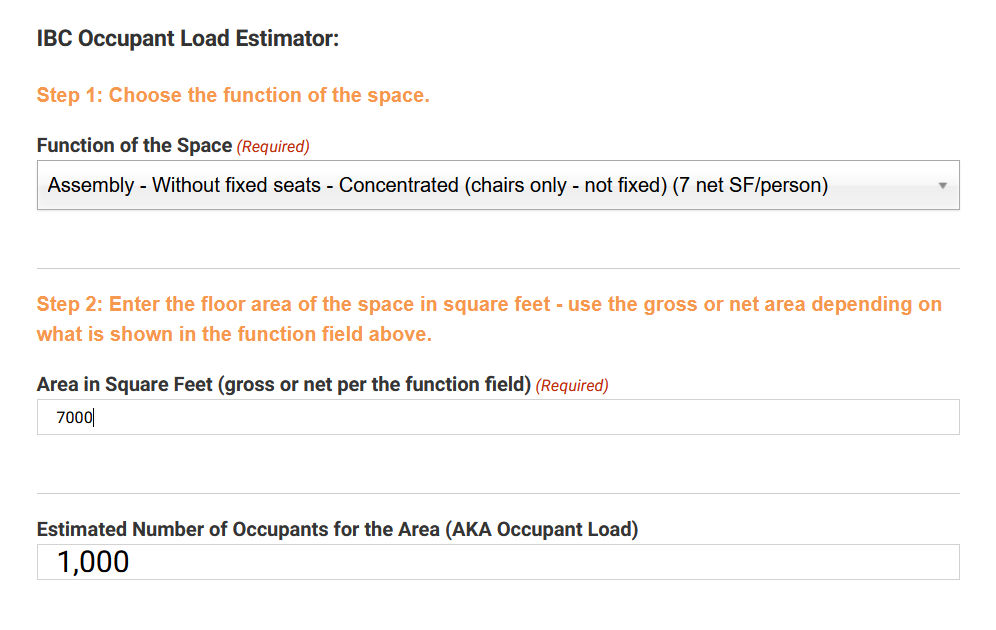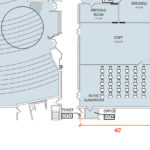 Several iDigHardware readers have wished for a simple tool on the site to estimate the occupant load of a space. This seems pretty easy – just a basic calculation in most cases – but there are some variables that make it a little tricky. I have created an occupant load estimator for the International Building Code (IBC), and I’d love some feedback on it.
Several iDigHardware readers have wished for a simple tool on the site to estimate the occupant load of a space. This seems pretty easy – just a basic calculation in most cases – but there are some variables that make it a little tricky. I have created an occupant load estimator for the International Building Code (IBC), and I’d love some feedback on it.
Once I have the IBC estimator finalized, I will create an NFPA 101 verson and put a link on the Tools menu so you can find the estimators whenever you need them. Please leave your questions, comments, and suggestions in the comment box on this post.
For more info on calculating the occupant load, refer to one of my most popular posts in the 13-year history of iDigHardware – Decoded: Calculating the Occupant Load.
You need to login or register to bookmark/favorite this content.










I just had this question this week. I have a 1950 era building that has 50 70 equal pairs of exit doors. I would love to change to a 30 70 or a 36 70 with side light or unequal pair. I am not sure if that 50 opening was required for units of egress. I also get conflicting information if we do an unequal pair to get closer to ADA does the 20 door need an exit device or can it be manually flush bolted?.
Hi Chris –
If the new inactive leaf has automatic flush bolts, it could still be counted in the egress calculation but auto flush bolts are not my favorite. Also – if the doors are serving an area that requires panic hardware, the most conservative interpretation of the IBC is that the panic hardware is required for both doors. If you can do 3′ x 2′ – both with panic hardware (no mullion), that would be my preference. If you calculate the required egress width and it turns out that the inactive leaf is not required for egress, you could “fix” that leaf in place, but I would work this out with the AHJ before making the change.
– Lori
Lori,
I think the OCC load calculator should round down not up.
Rick